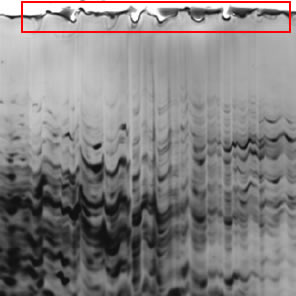Western Blotting is probably one of the most ubiquitous techniques in the molecular biology lab and relatively easy to perform. Yet many of us have been frustrated with statistically insignificant results or protein bands that appear either too dark or too light to quantitate.
Well, do not despair! There are many things you can do to help improve the quality of your blots and increase your likelihood of obtaining statistically significant results!
In the video below, you will learn about the many factors affecting western blot analysis (such as detection limit and dynamic range limitations of film and overloaded gels) and what can be done to improve your chances of success.
The presentation was given by Bio-Rad Laboratories Field Application Specialist Dr. Sean Taylor as part of an intimate customer training. Some of the references in the presentation may be specific for that particular customer but the general information contained in this presentation is highly valuable to all molecular biology labs.

















